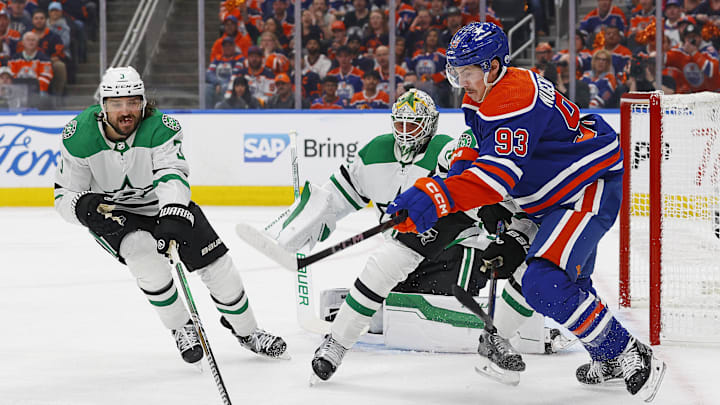Final Analysis
The Toronto Maple Leafs blue-line is the most average, uninspiring group in all of hockey. They aren't exactly a weakness, but they sure aren't a strength. The best you can say about them is that they are OK.
They aren't great at moving the puck, but they'll be OK. They aren't phsically intimidating, but they are not small either. They aren't easy to play against, but there are teams that are much tougher. Their offense is OK, their defense is OK but neither is near the top of the league.
Rielly is an OK top pairing defesnseman. He's not an elite superstar who will challange for a Norris Trophy, but you could do worse. Same goes with Tanev. If he was 25, you'd be excitied to have him. At nearly 35, he's OK.
A Rielly/Tanev top-pairing is fine, and could maybe be a top ten in the NHL top-pairing if everything goes perfectly. Realistically, every team in hockey with a legit #1 is ahead of the Leafs here. By my count, that's at least 15 teams, so the Leafs top-pairing appears to be average, at best, since both players are far more likely to be worse this year than last year, given their ages and neither was a top ten player to begin with.
The second pairing - expected to be Jake McCabe and Timothy Liljegren - is.... OK. It's not going to be one of the best second pairings in the league, but it shouldn't hurt them too badly. McCabe would be a top pairing guy if he was more consistant and better at moving the puck, but given his career high goals and points totals are almost impossible for him to repeat, he's highly likely to be worse than he was last year.
Liljegren might be better, and he is basically the only player on the whole blue-line with any upside, but at this point how much upside and when we might see it are extremely questionable.
The third pairing of OEL and, I will assume for now, Simon Benoit is fine, but expensive and lacking upside. To be honest, it kind of sucks. The Leafs desperately will need one of their young defenseman to force his way onto the team.
In closing, the strengths of the Leafs blue-line are it's balance, and its experience. They have a vetern group with a high floor and a low ceiling. They have a good mix of puck-moving and physicality and, if Tanev defies Father Time, could have an excellent top pairing.
Their weaknesses of the Toronto Maple Leafs blue-line are that they are old, they have limited upside, they have no elite players, four of the players are over 30, none of the players project to get any better and five out of six of them are highly likely to be worse than they were last year. If you set out on purpose to construct the most average blue-line in hockey, you couldn't do any better than what the Leafs have.
The other weakness is that every single pairing is at or below the league average. All teams in hockey except maybe those destined to draft at the top of next year's draft, can ice something approximating OEL/Benoit, and every single playoff team's second pairing is at least as good as McCabe/Liljegren, although at least it's cheap.
The top pairing doesn't have one of the 15 best defenseman on it and the NHL is a league where those kinds of players - the Makars and Fox's - drive and dictate play for their teams, that is a problem.
The Leafs PR Department has worked overtime to convince the world that the team has really improved their blue-line, but this deep dive reveals it to be, at best, middle-of-the-league. For a team about to embark on Auston Matthews's prime years, and with next to no experience in net, this is a recipe for disaster.
